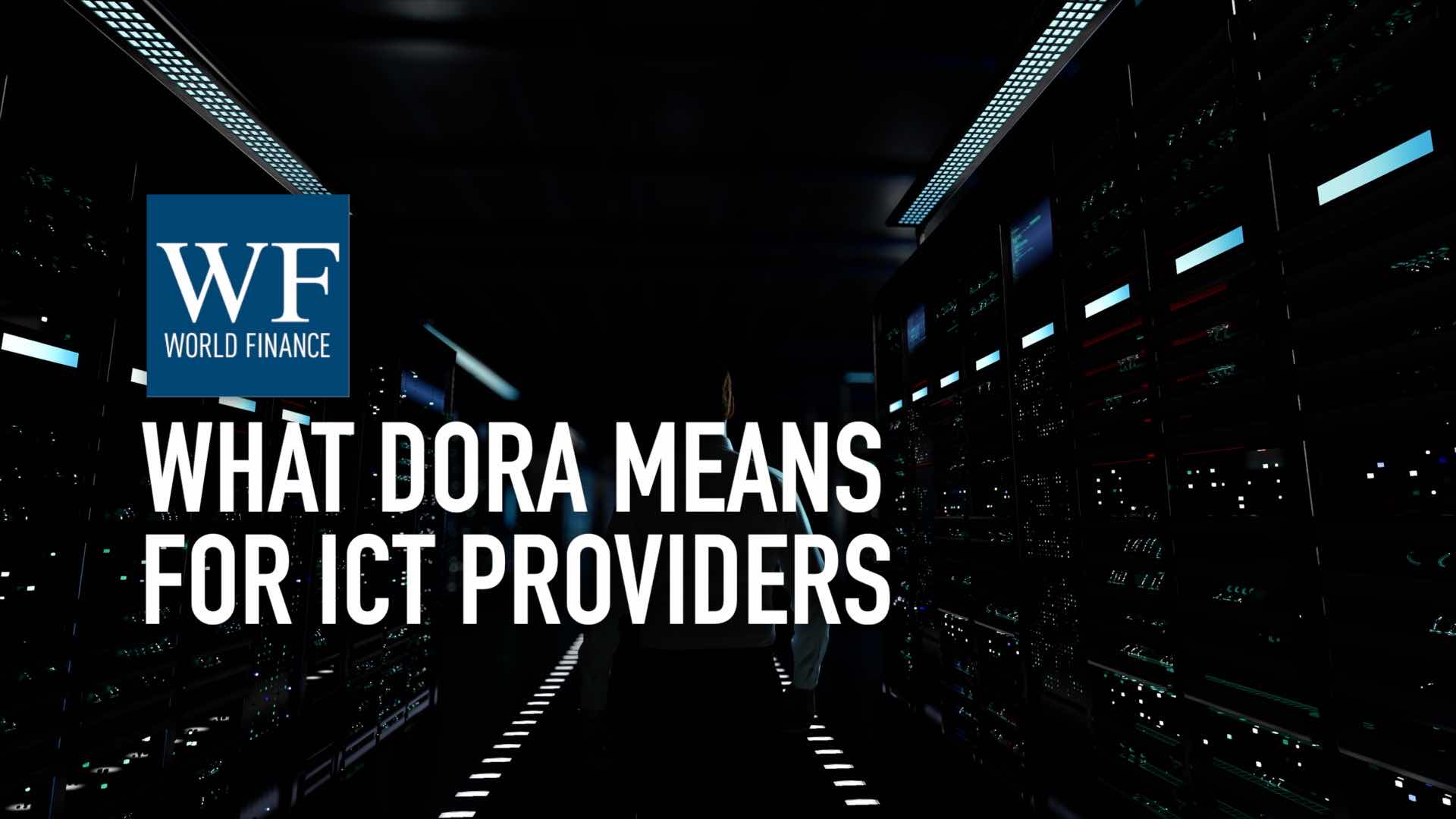Simulation helps risk managers in a time ‘with no historical precedence’
As the world of finance spins ever deeper among uncharted stars, risk managers must be very good at financial simulation, says Martin Zorn
Related:
Transcript
Over the last 10 years, risk management has changed from a measure of statistical, historical measures of risk; to a simulation of how macroeconomic factors affect underlying asset prices and probability of default. Martin Zorn, President and COO of Kamakura Corporation, explains the skills that risk managers need today, and how Kamakura Risk Information Services can help. In the other half of this interview Martin discusses Kamakura’s Troubled Company Index, and the trends it’s revealed through 2018.
Martin Zorn: Over the last 10 years, risk management has changed from a measure of statistical, historical measures of risk; to a simulation of how macroeconomic factors affect underlying asset prices and probability of default.
While history is important, we are living in a time that really has no historical precedence. So, history doesn’t help us understand what does Brexit mean. History doesn’t help us understand what does it mean for the European Central Bank to stop their quantitative easing. Because those situations have never occurred before.
So what it really tells us is that a risk manager, or an investor, must be very good at financial simulation. Because they need to simulate events that have never occurred before, and not rest their decisions upon what their statistical history shows them.
KRIS is our Kamakura Risk Information Services. It’s our subscription product: it’s a risk portal that provides clients with multiple models of different asset classes. And it allows them to take a look at the counter-parties within their portfolio, and get early warning indications of potential financial distress.
It’s a… what’s known as a reduced-form model, which is a fancy way of saying it’s a multiple factor model, which incorporates financial information on the counter-party. So their net income, their balance sheet information. It includes macro-economic data such as GDP or unemployment rates. It includes market data such as interest rates, foreign exchange rates. And the clients basically get a measure of default probability, which ranges from zero to 100 percent; and they also get a term structure. And by that, what I mean is that they can take a look at a one month default probability, a one year default probability, all the way out to a 10 year default probability.
The way that risk managers use this data is really one of two forms. One is looking at emerging patterns of where there’s increasing risk; that could be on a sector basis, it could be on a country basis, or it could be on a company basis. They could, for example, upload their portfolio and take a look at the relative change in the default probability of all of the investments or loans that they have in the portfolio on a daily basis; and see if the default probability is increasing or decreasing.
The second way they could use it is from an opportunistic standpoint. Because if you are investing in securities, the market is not always efficient, relative to the risk-adjusted return. So one of the other things that clients can do is, they can take a look at mis-pricings in the market, where a yield on a certain instrument may be higher or lower than it should be on a risk-adjusted basis, so they could have a good measure of relative value.
A good example is a company that trades on the Singapore Stock Exchange – Noble Group. Noble was one of the largest commodity traders in Asia.
Two years ago, we were at a conference of fund managers in Berlin, and we had three different fund managers come up to us and say, ‘Could you show us what your system says about Noble Group?’
And what had happened was that Noble Group was in discussions to renew a line of credit with their banks, and as a result of the uncertainty, the price of their bonds crashed. So they wanted to see what our system said. And our system showed a significantly high risk of default, and a risk of default that had been increasing for some time.
Noble Group filed bankruptcy in March of this year.
So going back to thinking about that conference; basically our system would have provided two years advance warning of the default that happened this year.

 What the Digital Operational Resilience Act means for board members and CEOs
What the Digital Operational Resilience Act means for board members and CEOs What the Digital Operational Resilience Act means for third party ICT providers
What the Digital Operational Resilience Act means for third party ICT providers
